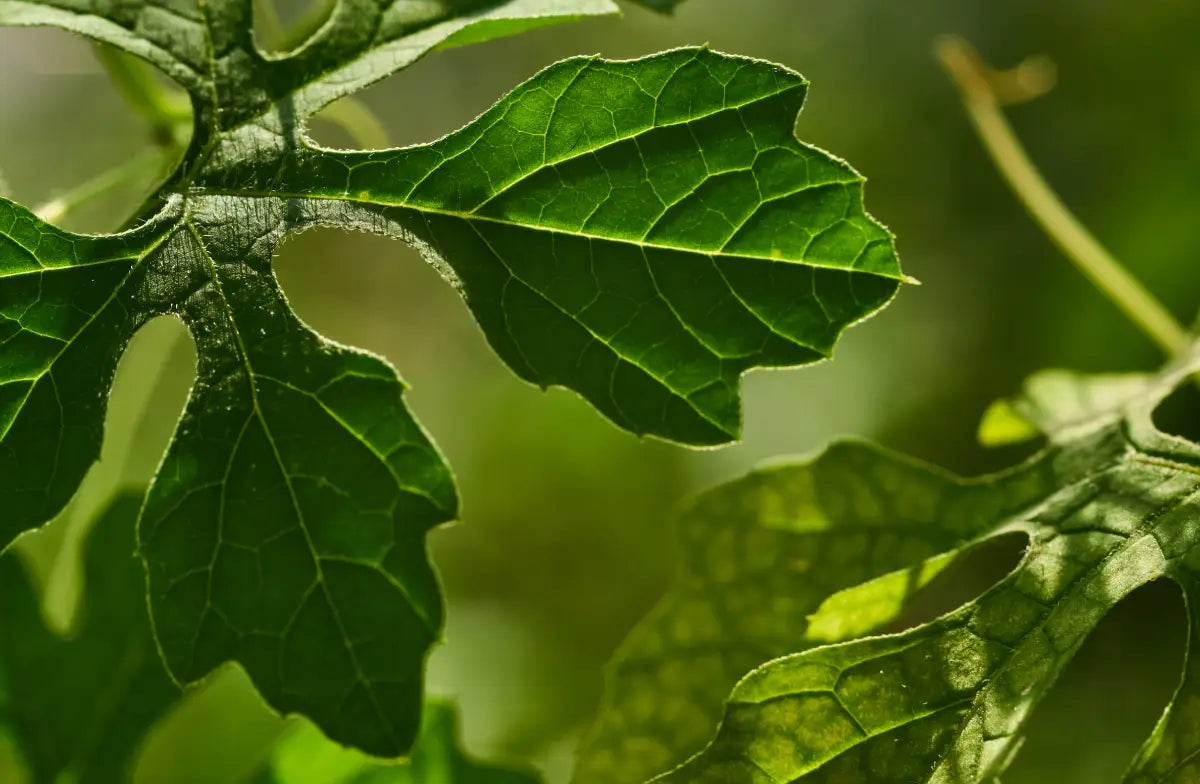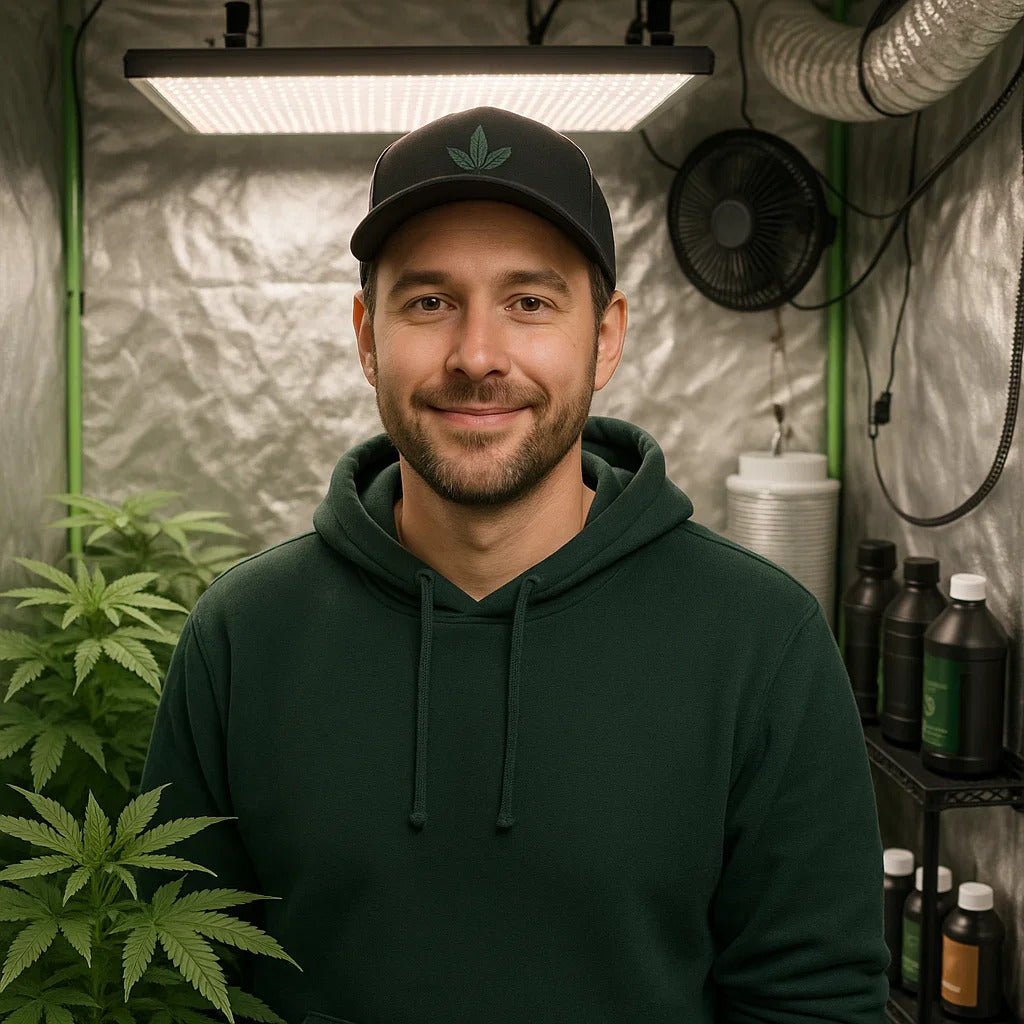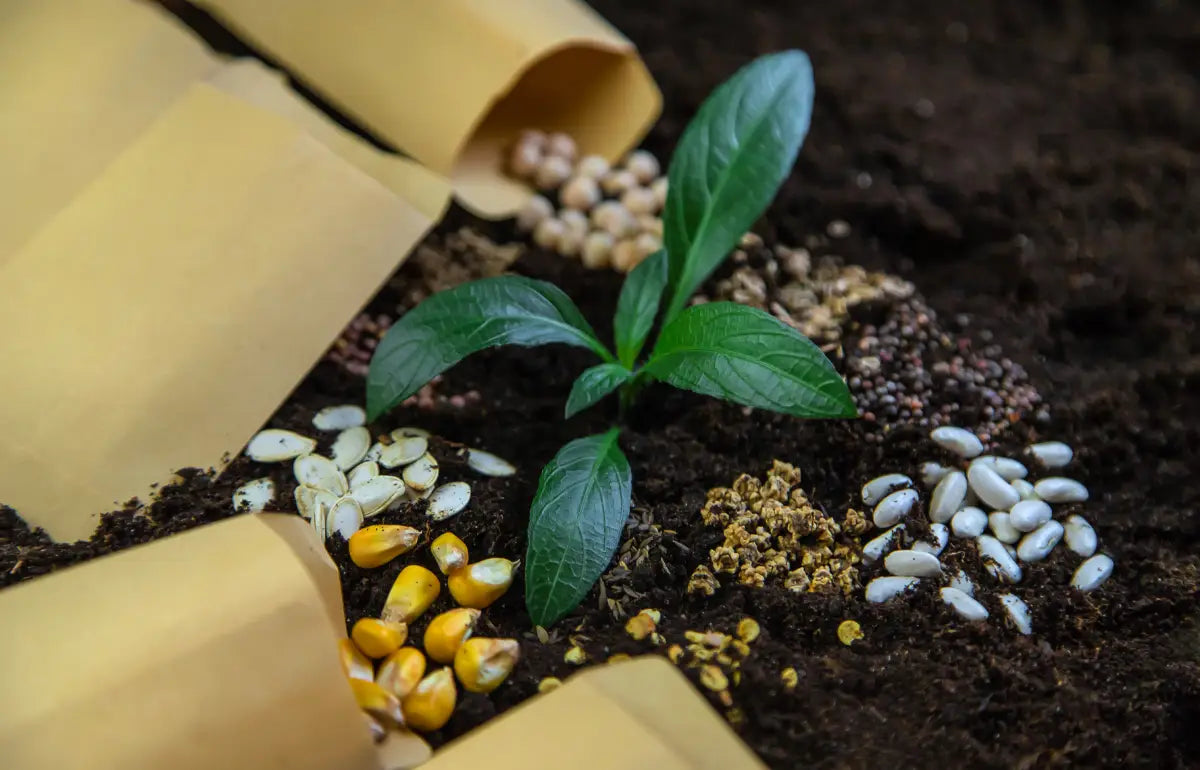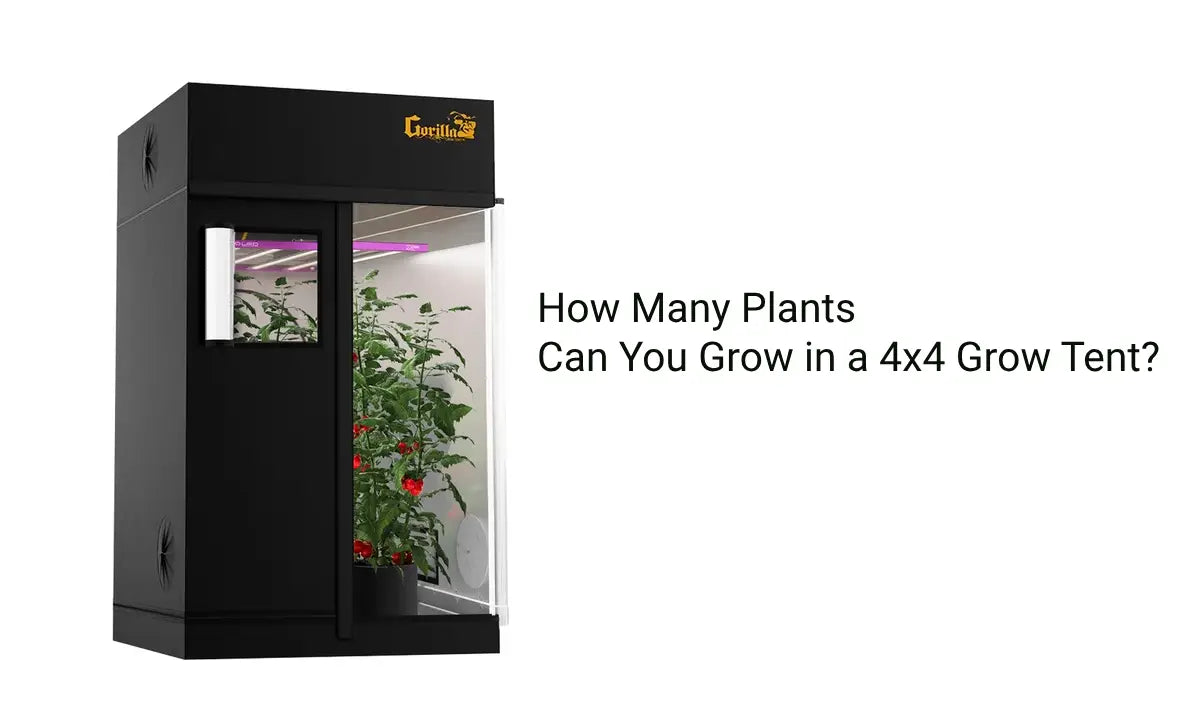
Plant Leaf Nutrients: Essential Elements for Healthy Growth
Leaves play a crucial role in plant health. They are not just solar panels for photosynthesis but also key indicators of nutrient status. Plant leaf nutrients are essential for growth, energy production, and overall plant health.
But what nutrients do plant leaves need? How can you tell if your plant has nutrient deficiencies? And what’s the best way to ensure optimal leaf nutrition?
In this ultimate guide, we’ll cover:
✅ The essential nutrients plants need for leaf growth
✅ How plants absorb nutrients through their leaves
✅ Common leaf nutrient deficiencies and how to fix them
✅ How to improve plant leaf health using foliar feeding
What Nutrients Do Plant Leaves Need?
Leaves require a balance of macronutrients, secondary nutrients, and micronutrients for healthy growth and function.
1. Macronutrients (Primary Nutrients)
Macronutrients are needed in large amounts and play a major role in leaf development and function.
🌿 Nitrogen (N) – Most important for leaf growth & chlorophyll production
✔ Promotes dark green, healthy leaves
✔ Boosts photosynthesis & protein formation
✔ Deficiency: Yellowing leaves (chlorosis), slow growth
🌱 Phosphorus (P) – Essential for cell division & energy transfer
✔ Supports strong leaf structure & root development
✔ Deficiency: Purple or reddish leaf veins, stunted growth
🍌 Potassium (K) – Improves leaf water retention & disease resistance
✔ Regulates stomata opening & closing
✔ Deficiency: Brown leaf edges, weak stems, curling leaves
2. Secondary Nutrients
These are needed in moderate amounts but are still crucial for leaf health.
🍀 Calcium (Ca) – Strengthens leaf cell walls & prevents deformities
✔ Prevents leaf tip burn & curling
✔ Deficiency: Young leaves are deformed, weak, and brittle
🌿 Magnesium (Mg) – Core element of chlorophyll for photosynthesis
✔ Keeps leaves green & healthy
✔ Deficiency: Yellowing between leaf veins (interveinal chlorosis)
🌊 Sulfur (S) – Boosts protein & enzyme production
✔ Helps maintain green leaf color
✔ Deficiency: Pale, yellow leaves (similar to nitrogen deficiency)
3. Micronutrients (Trace Elements)
Needed in small amounts, but critical for leaf metabolism.
🧲 Iron (Fe) – Essential for chlorophyll production
✔ Helps prevent yellowing leaves
✔ Deficiency: Yellow young leaves with green veins (iron chlorosis)
⚡ Zinc (Zn) – Supports growth hormones & enzyme function
✔ Deficiency: Small, misshapen leaves, delayed growth
💎 Copper (Cu) – Helps with photosynthesis & respiration
✔ Deficiency: Twisted, deformed leaf tips
🌊 Manganese (Mn) – Improves photosynthesis & disease resistance
✔ Deficiency: Pale young leaves, weak plant structure
🚀 Healthy leaves = Healthy plants! Ensuring proper leaf nutrient balance prevents deficiencies, boosts growth, and increases yields.
How Do Plant Leaves Absorb Nutrients?
Plants primarily absorb nutrients through their roots, but leaves can also take in nutrients via foliar feeding.
1. Root Absorption (Soil & Hydroponics)
✔ Water dissolves nutrients in the soil → Roots absorb them → Transport to leaves
✔ Soil pH must be correct for nutrient availability
✔ Hydroponic systems provide direct nutrient absorption
2. Foliar Feeding (Leaf Absorption)
Foliar feeding is when nutrients are sprayed directly onto plant leaves. This allows:
✔ Quick nutrient uptake for fast deficiency correction
✔ Better absorption of micronutrients like iron, zinc, and magnesium
✔ Improved plant recovery from stress & deficiencies
✅ Best nutrients for foliar feeding: Iron, zinc, magnesium, calcium
🚫 Avoid applying excess nitrogen or phosphorus via foliar spray (risk of leaf burn)
Common Leaf Nutrient Deficiencies (With Solutions!)
If leaves change color, curl, or develop spots, your plant may be lacking key nutrients. Here’s how to identify and fix them!
1. Yellowing Leaves (Chlorosis)
🚨 Caused by: Nitrogen, iron, or sulfur deficiency
✔ Fix: Apply a nitrogen-rich fertilizer (e.g., blood meal, fish emulsion)
✔ For iron deficiency: Use chelated iron spray
2. Purple or Reddish Leaves
🚨 Caused by: Phosphorus deficiency
✔ Fix: Add bone meal, bat guano, or phosphate fertilizer
3. Brown Leaf Tips or Edges (Burnt Look)
🚨 Caused by: Potassium or calcium deficiency
✔ Fix: Use potassium sulfate or calcium-rich amendments (gypsum, dolomite lime)
4. Yellowing Between Leaf Veins (Interveinal Chlorosis)
🚨 Caused by: Magnesium or manganese deficiency
✔ Fix: Spray Epsom salt solution (magnesium sulfate)
✔ For manganese: Apply manganese sulfate or a complete micronutrient mix
How to Improve Leaf Health & Nutrient Absorption
To keep leaves healthy and nutrient-rich, follow these best practices:
✅ 1. Use a Balanced Fertilizer
✔ Apply NPK fertilizers based on plant needs
✔ Add organic matter (compost, worm castings, seaweed extract)
✅ 2. Maintain Proper Soil pH
✔ Soil pH should be 6.0 – 6.8 (for most plants)
✔ Too high or too low pH causes nutrient lockout
✅ 3. Improve Soil Aeration & Drainage
✔ Use perlite, coco coir, or sand for better root function
✔ Avoid overwatering, which washes away nutrients
✅ 4. Use Foliar Sprays for Quick Fixes
✔ Apply foliar nutrients in the morning or evening
✔ Best foliar sprays: Magnesium sulfate, iron chelates, seaweed extract
✅ 5. Rotate Nutrient Sources for Optimal Growth
✔ Use a mix of organic & synthetic fertilizers
✔ Supplement with micronutrients every 4-6 weeks
FAQs About Plant Leaf Nutrients
1. What is the most important nutrient for plant leaves?
🌱 Nitrogen (N) – It drives leaf growth and chlorophyll production.
2. Can plants absorb nutrients through their leaves?
✅ Yes! Foliar feeding allows plants to absorb nutrients quickly and efficiently.
3. Why are my plant leaves turning yellow?
🚨 Likely causes: Nitrogen, iron, or magnesium deficiency.
✔ Fix with nitrogen fertilizer or foliar iron spray.
4. What pH level is best for nutrient absorption?
📏 Soil: 6.0 – 6.8
📏 Hydroponics: 5.5 – 6.2
5. How do I keep plant leaves healthy?
✔ Maintain proper nutrient balance & pH levels
✔ Provide good airflow & drainage
✔ Use high-quality fertilizers & foliar sprays
Final Thoughts: Why Plant Leaf Nutrients Matter
🌿 Healthy leaves = Healthy plants! Ensuring the right nutrients (Nitrogen, Phosphorus, Potassium, Calcium, Magnesium, Iron) prevents deficiencies and boosts plant growth, strength, and yields.
🚀 Want to grow healthier, greener plants? Start optimizing your leaf nutrition today!

Lena Myles
I'm a mushroom enthusiast and home cook based in Oregon. I'm passionate about foraging and creating fungi-focused recipes, especially delicious, plant-based dishes using gourmet mushrooms like trumpet, shiitake, and oyster. When I’m not in the kitchen, you’ll usually find me wandering the woods in search of new wild flavors.


